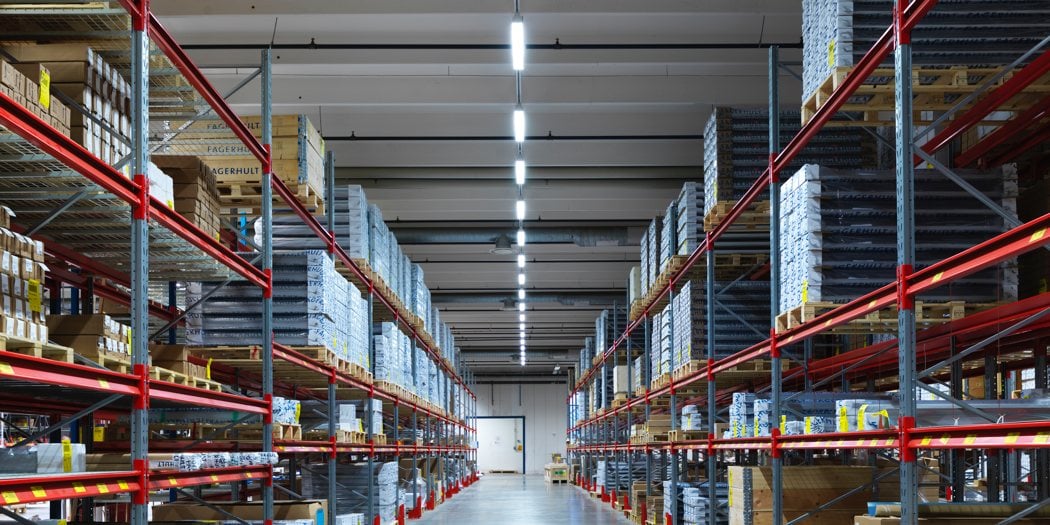
Lighting controls and energy savings in industrial applications
All industries are different, with different operations and needs. There are also different lighting requirements for the various types of industrial activities in the lighting standard, as well as in other applications, and it is difficult to come up with a general recommendation for light control. A well planned lighting design together with a well-executed lighting control solution means optimized lighting for a specific activity is achievable.
Different control systems
Whatever the requirements, it is smart to think lighting control at the planning stage, and in industrial and warehouse applications, we believe that a DALI control system is the obvious, and in many cases, the only choice. However, to get maximum benefit of a control system it needs to be project specific. You must know how the industry works and how different areas are used during working hours. For example, it is important to establish if there is natural light? During what times, and for how long are staff present in certain areas? Are there areas of greater occupancy? How much activity is there in, say the aisles of the warehouse? If you do not ask these questions, you will not get the best results from the lighting control system.
There are simple ways to achieve lighting control by creating different zones where each zone acts as a separate system and where all the luminaries in the zone will react similarly to the control signal. Such an installation cannot be altered without re-doing the installation. It is also difficult to get to ignition, for example, fire and burglar alarms without an addressed DALI system with a router.
In order to optimize the light, the operation of the system and to minimize energy consumption, we therefore recommend that you go all the way and use a lighting control system with DALI-routers. Such a system can not only provide better lighting and energy savings, it may also include programmed lighting scenes for different types of alarms. A well planned and executed control solution provides the ability to control each light individually and to achieve an optimized lighting environment for that particular business.
Presence detection for on/off or dimming
Many areas in an industry might be used to a limited extent, or at least not continuously. One such example is (the) warehouse aisles. With a number of presence sensors over the aisle the light can be turned on or dimmed up from a low level when a forklift enters. After a certain period of time the lighting is dimmed down or turned off. Normally you can keep times relatively short in such aisles.
Other storage and warehouse areas that are not used continuously can be controlled by the same principle, areas such as storage of materials, packaging and goods, or in loading bays. As the sensors are a very important part of the lighting control system it is essential they are accurately placed.